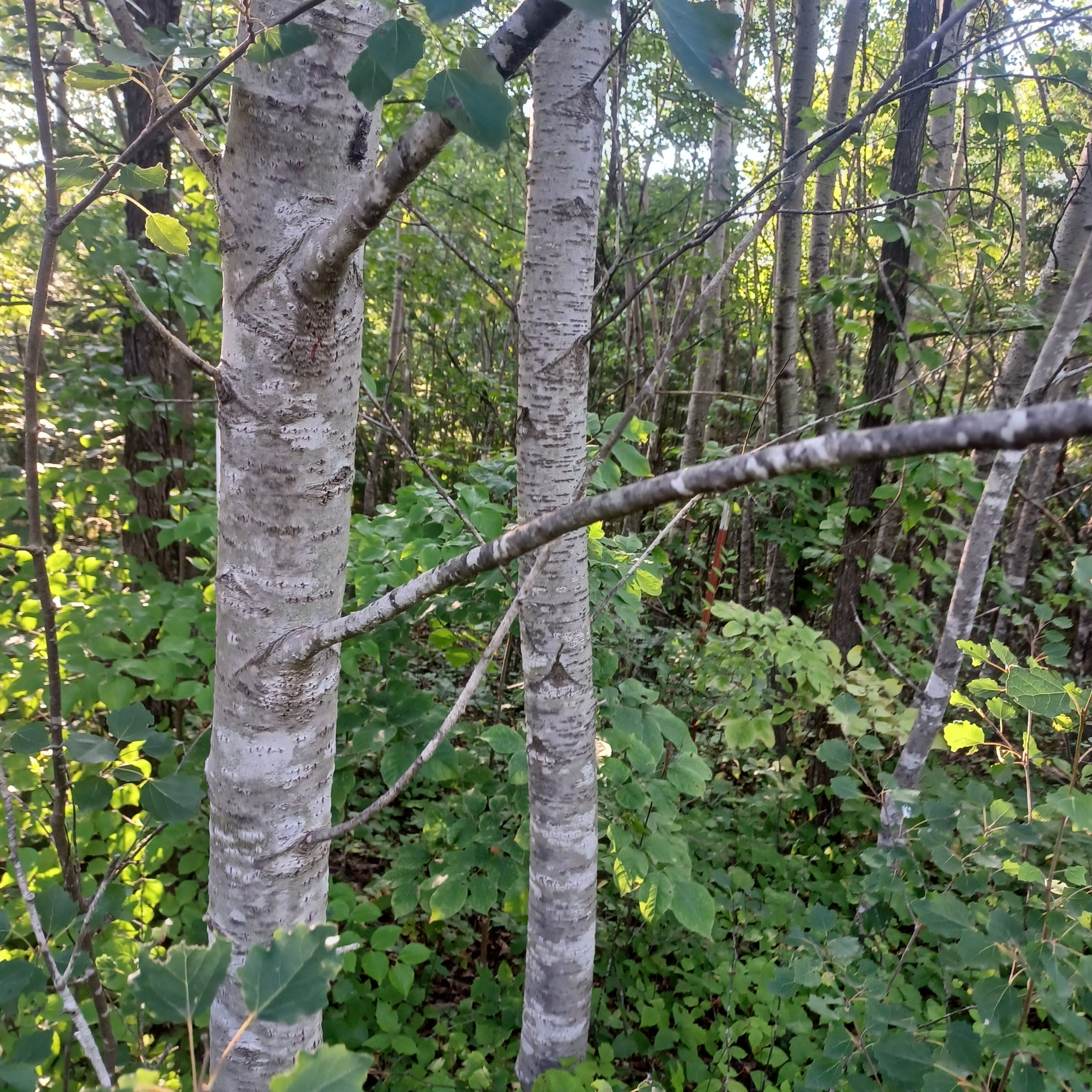Taxonomic Data:
- Kingdom: Plantae
- Phylum: Angiosperms
- Class: Eudicots
- Order: Malpighiales
- Family: Salicaceae
- Genus: Populus
- Species: Populus alba (commonly known as Silver Aspen)
 Description: The Silver Aspen, scientifically known as Populus alba, is a deciduous tree native to Europe and Western Asia. It’s renowned for its shimmering silver-white leaves that rustle with the slightest breeze, creating a mesmerizing visual and auditory experience. The tree can grow up to 20 meters tall and is often found in open woodlands and along riverbanks.
Description: The Silver Aspen, scientifically known as Populus alba, is a deciduous tree native to Europe and Western Asia. It’s renowned for its shimmering silver-white leaves that rustle with the slightest breeze, creating a mesmerizing visual and auditory experience. The tree can grow up to 20 meters tall and is often found in open woodlands and along riverbanks.
Medicinal Uses & Scientific Research: While the Silver Aspen is primarily known for its ornamental value, various parts of the tree have been traditionally used for medicinal purposes. The bark, in particular, has been used in traditional medicine for its anti-inflammatory properties.
Recent scientific research has delved into the potential health benefits of the Silver Aspen:
- Anti-inflammatory Properties: The bark of the Silver Aspen contains salicin, a compound that is metabolized into salicylic acid in the body. Salicylic acid has anti-inflammatory properties and is a precursor to modern-day aspirin.
- Antioxidant Potential: Like many plants, the Silver Aspen contains a range of antioxidant compounds that can help combat oxidative stress in the body. These antioxidants can play a role in preventing various diseases, including cardiovascular diseases and certain types of cancer.
Scientific Studies on Silver Aspen:
The Silver Aspen, also known as Populus alba, has been the subject of various scientific studies, exploring its properties, environmental interactions, and potential benefits:
- Mercury Contamination in Fungi: A study titled “Evaluation of Mercury Contamination in Fungi Boletus Species from Latosols, Lateritic Red Earths, and Red and Yellow Earths in the Circum-Pacific Mercuriferous Belt of Southwestern China” delved into the mercury levels in various Boletus species, including those associated with Silver Aspen. The research emphasized the importance of understanding the environment in which these mushrooms grow, as it can influence their mercury content.Reference: Kaur, P. J., Pant, K. K., & Kaushik, G. (2019). Properties and Importance of Various Bamboo Species for Multi-Utility Applications. Link
- C:N:P Stoichiometry in Soil and Deadwood: Another study, “A comparison of C:N:P stoichiometry in soil and deadwood at an advanced decomposition stage”, provided insights into the nutrient dynamics in soils where Silver Aspen and other trees grow. The research highlighted the role of Silver Aspen in influencing the elemental stoichiometry of the soil.Reference: Piaszczyk, W., Błońska, E., Lasota, J., & Lukac, M. (2019). A comparison of C:N:P stoichiometry in soil and deadwood at an advanced decomposition stage. Link
- Egg Parasitoid of the Spotted Lanternfly: A study titled “Occurrence, Seasonal Abundance, and Superparasitism of Ooencyrtus kuvanae (Hymenoptera: Encyrtidae) as an Egg Parasitoid of the Spotted Lanternfly (Lycorma delicatula) in North America” explored the interactions between the Silver Aspen and the spotted lanternfly, emphasizing the ecological relationships and potential control measures.Reference: Liu, H. (2019). Occurrence, Seasonal Abundance, and Superparasitism of Ooencyrtus kuvanae (Hymenoptera: Encyrtidae) as an Egg Parasitoid of the Spotted Lanternfly (Lycorma delicatula) in North America. Link
Conclusion:
The Silver Aspen is not just a visual delight but also holds potential health benefits. As with all natural remedies, it’s essential to consult with a healthcare professional before using any part of the tree for medicinal purposes. The Silver Aspen stands as a testament to nature’s ability to combine beauty with utility.

 Description: The Silver Aspen, scientifically known as Populus alba, is a deciduous tree native to Europe and Western Asia. It’s renowned for its shimmering silver-white leaves that rustle with the slightest breeze, creating a mesmerizing visual and auditory experience. The tree can grow up to 20 meters tall and is often found in open woodlands and along riverbanks.
Description: The Silver Aspen, scientifically known as Populus alba, is a deciduous tree native to Europe and Western Asia. It’s renowned for its shimmering silver-white leaves that rustle with the slightest breeze, creating a mesmerizing visual and auditory experience. The tree can grow up to 20 meters tall and is often found in open woodlands and along riverbanks.